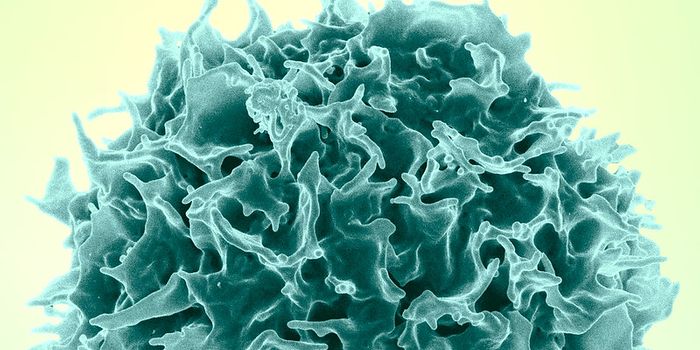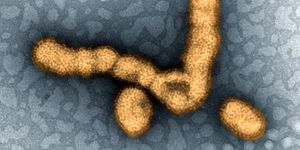Study Investigates Infertility and Ovarian Fibrosis
Around the age of 30, a woman's fertility begins declining. A factor in age-related infertility may be ovarian fibrosis—a buildup of connective tissue that stiffens the ovaries. A new mouse study examined the link between infertility and ovarian fibrosis.
Researchers at the University of Adelaide in Australia gave 15- and 12-month-old mice a drug approved for reducing fibrosis. Fifteen-month old mice are roughly equivalent to women in their 50s and typically unable to reproduce at this age. The medication, however, enabled more than half of the female mice to ovulate, and healthy embryos developed from their fertilized eggs in a lab dish.
The 12-month old mice, equivalent to 35-year-old women—a more typical age of women seeking help at fertility clinics—also took the drug and experienced increased fertility. The drug doubled the number of healthy ovulated eggs, with the eggs developing into embryos after in vitro fertilization. Interestingly, younger mice did not benefit from the drug.
To study the relationship between these results and ovarian fibrosis, the researchers also examined the mice’s ovaries under the microscope. The amount of fibrosis was much lower in the two treatment groups compared to controls.
Suspecting faulty mitochondria—cell components that supply cells with energy—may be at play in ovarian fibrosis, the same researchers gave 14-month-old mice the drug BGP-15 to increase mitochondrial function. These mice ovulated more than twice as many eggs and had less ovarian fibrosis compared to age-matched controls.
Metformin and MitoQ, two separate drugs that increase mitochondrial function, were given to another group of mice. They decreased ovarian fibrosis but did not stimulate ovulation in old mice. In young, obese mice who already had ovarian fibrosis, all three of these mitochondrial drugs reduced fibrosis and stimulated ovulation.
Researchers still aren’t sure how fibrosis may reduce fertility. Rebecca Robker, the study’s senior author, explained that with rigid ovarian tissue from fibrosis, follicles that normally burst to release eggs may no longer enlarge enough for proper egg development.
An obstacle in the way of clinical trials of these medications in human females, Robker stated, is that fibrosis currently isn’t diagnosed until after surgical removal of the ovaries, making it hard to know who has fibrosis beforehand.
Sources: Science








